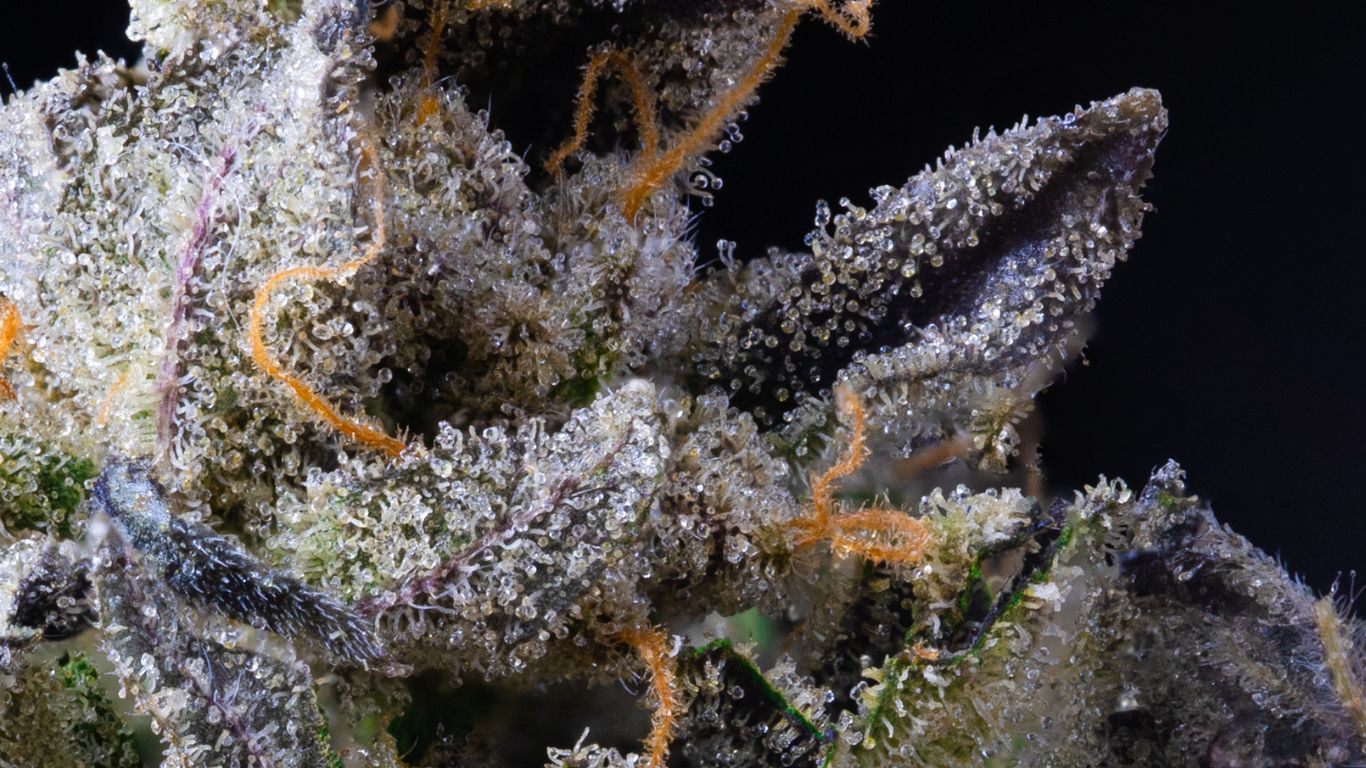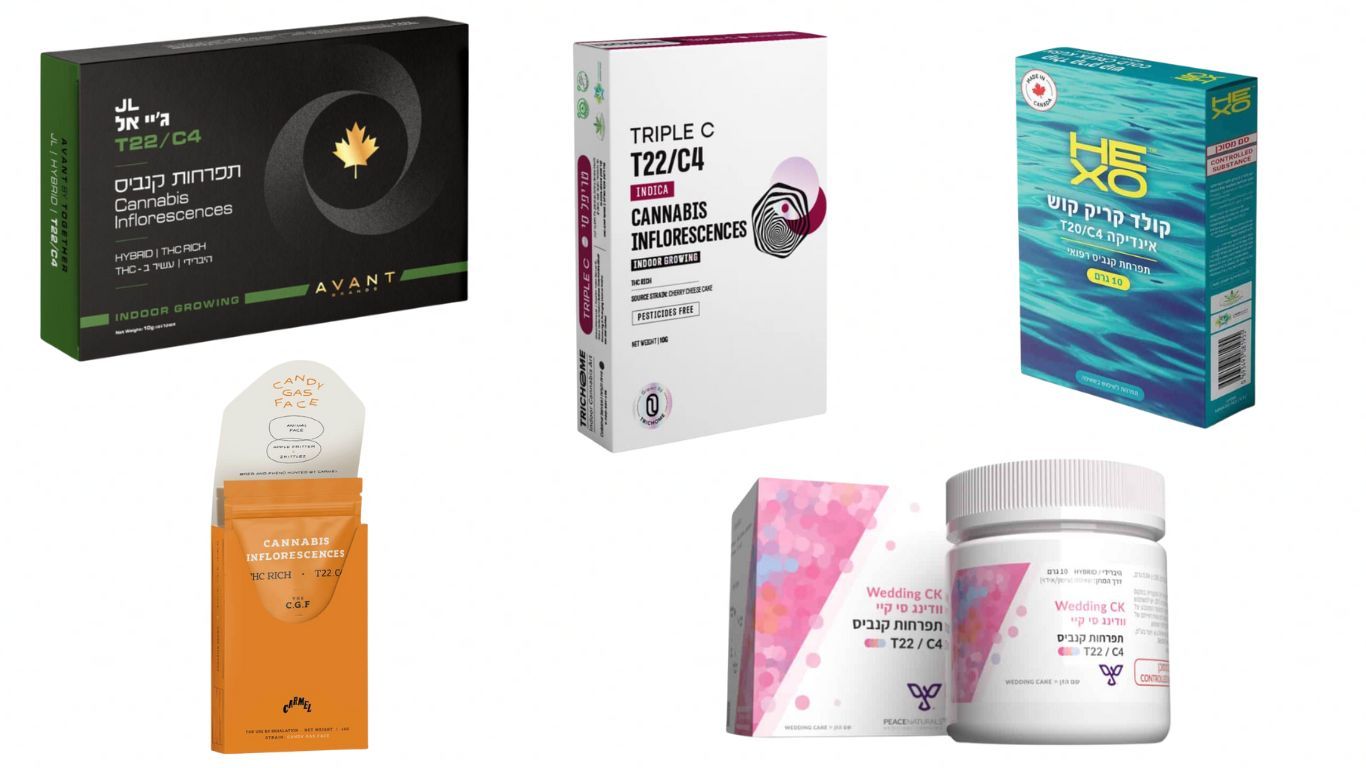
A long-running trend observed in many jurisdictions that have legalized recreational cannabis—Canada included—is the upward trend in THC levels.
Once cannabis is legalized (and its production industrialized) the THC levels found in dried cannabis brought to market have tended to increase sharply, while the growing availability of extracted products (hash, wax and the like) presents consumers with additional high-THC options.
“THC potency in dried cannabis has increased from an average of 3% in the 1980s to around 15% today. Some strains can have an average as high as 30% THC,” states Health Canada. For frequent cannabis consumers, the trend towards high-THC products is likely familiar, with THC levels above 25%, once considered extreme, now commonplace on store shelves.
For policymakers, however, this poses further questions. A pair of papers in the most recent issue of the journal Addiction consider the question of elevated THC levels, and what—if any—policy responses might be in order, and argue that regulators could adopt a range of measures to rein in THC levels without pushing people back towards the illicit market.
While many might prize high THC products for their potency, public health experts and researchers tend to see them as a public health liability. “A major public health concern is that an increased use of higher THC cannabis products will increase cannabis-related harm,” write researchers Wayne Hall, Janni Leung, and Beatriz Carlini. “Policymakers have good reasons for regulating more potent cannabis in ways that minimize harm, using approaches similar to those used to regulate alcohol.”
The authors conclude that a number of policy options, ranging from product bans to progressive taxation based on THC levels, are available to regulators. Moving forward, governments “need to include policies on the regulation of different cannabis products in the enabling legislation”—that is to say, governments ought to realize that THC levels will increase before they legalize, and write their laws accordingly, “given the difficulty that US policymakers have had in regulating cannabis extracts and edibles after their sale has been allowed.” It is harder to put the toothpaste back in the tube, so to speak.
In an accompanying article in the same issue, drug policy researcher Jonathan P. Caulkins suggested doing just that. Caulkins argued in favour of product-specific bans on high THC products, which he argued would be simpler and more streamlined than taxation-based approaches or caps on THC content.
Making comparisons to flavoured cigarettes (banned in the United States in 2009) and caffeinated alcohol drinks (banned in 2010), Caulkins argues that “bans on specific types of products are simple, common, and—contrary to some claims—do not always produce illegal markets large enough to undermine their benefits.” He continues “In 1982, the United States banned walk-behind rotary lawnmowers that lacked blade control systems. That did not spawn a massive illegal market for lawnmowers lacking a ‘dead man’s switch.’”
What might the takeaway be for the Canadian industry? For one, there is likely little appetite among Canadian producers to see high THC product bans. Similarly, consumers aren’t pining for a return to the flower-only days of 2019 either (as far as the legal market goes). Nor do regulators appear to be clocking inflating THC content as a priority, either. Only Quebec limits the amount of THC that flower can contain, which has led to some complaints from producers forced to sell out of province.
But while it is unlikely that we see regulatory changes made, rising THC levels are both a concern from a health perspective and an annoyance from an industry perspective. The upward creep of THC levels is a point of frustration with many producers, who often complain of something akin to a THC arms race, which crowds out higher-quality craft offerings in the process. What might be more likely is that the Canadian industry is the canary in the coal mine here, and that our industry’s experience with increased THC serves as an instructive data point for future legalization frameworks.











